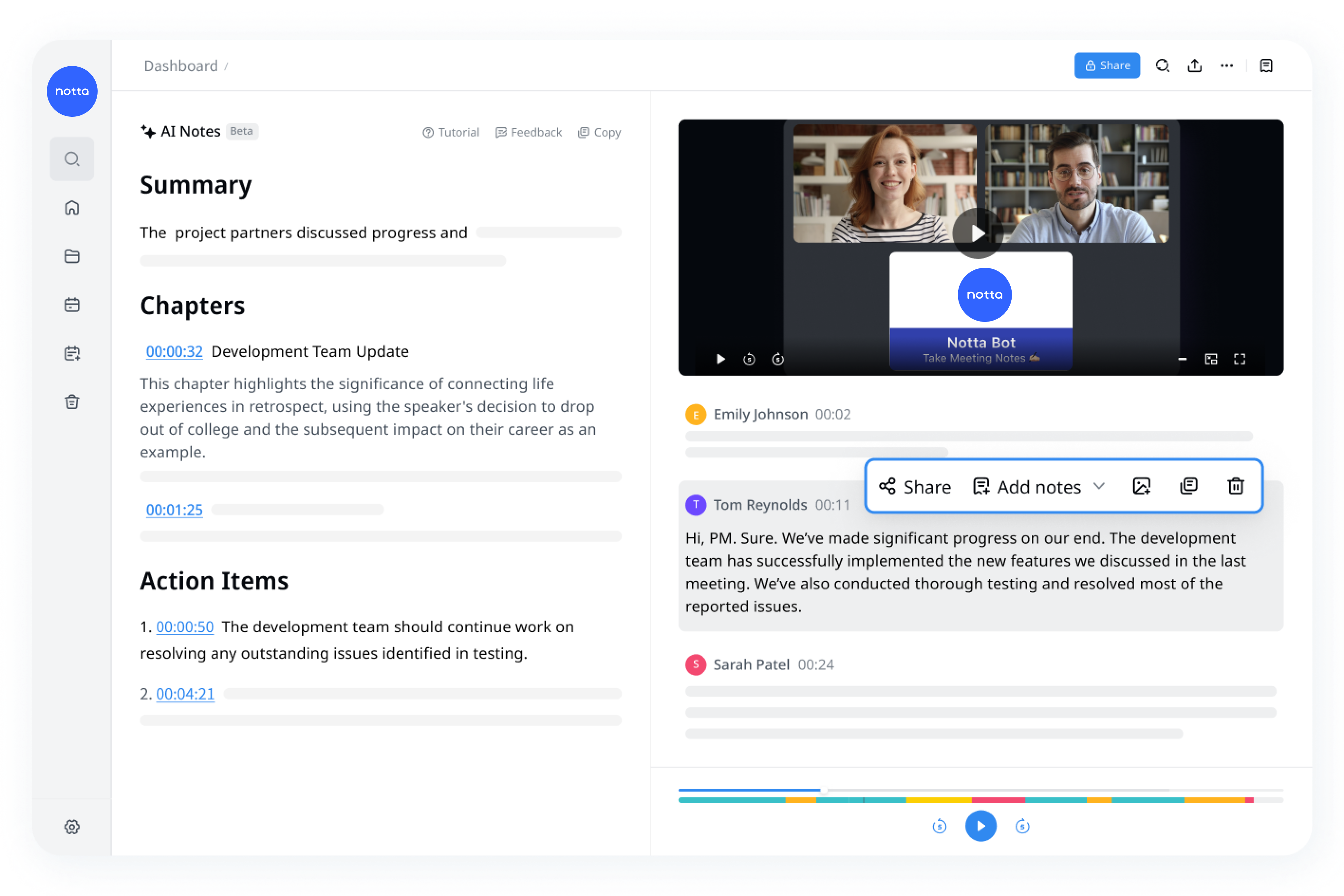The "www" prefix has become a staple in our online interactions, shaping how we access websites and navigate the digital world. It stands as a fundamental element of the internet, yet many users remain unaware of its significance and functionality. In this article, we will delve into the intricacies of "www," exploring its origins, applications, and relevance in today's digital age.
As the internet continues to evolve, understanding the role of "www" becomes increasingly important for both casual users and tech-savvy professionals. This prefix, which stands for "World Wide Web," serves as a crucial identifier for websites, enabling seamless connectivity and organization within the vast digital landscape.
This article aims to provide a comprehensive overview of "www," covering its historical background, technical aspects, and practical applications. By the end of this guide, you will have a deeper understanding of how "www" functions and its impact on the internet ecosystem.
Read also:Milo Ventimiglia Height Unveiling The Facts And Figures
Table of Contents
- The History of "www"
- Technical Aspects of "www"
- Why "www" is Important
- Alternatives to "www"
- Impact on SEO
- "www" in Mobile Browsing
- Security Considerations
- The Future of "www"
- Real-World Examples
- Conclusion
The History of "www"
Origins of the World Wide Web
The "www" prefix traces its roots back to the invention of the World Wide Web by Sir Tim Berners-Lee in 1989. Initially, "www" was used as a naming convention to distinguish web servers from other types of servers, such as FTP or email servers. This convention helped organize the growing number of internet resources and provided a clear identifier for web-based content.
During the early days of the internet, "www" became synonymous with accessing websites. It served as a universal standard, ensuring users could easily locate and access web pages. Over time, the prefix became so prevalent that it was often included in domain names without much thought.
Technical Aspects of "www"
How "www" Works
Technically, "www" functions as a subdomain of a website's primary domain. For example, in the URL "www.example.com," "www" is the subdomain, while "example.com" is the main domain. This subdomain is used to direct users to the website's web server, where the content is hosted.
Modern web hosting configurations often allow websites to function with or without the "www" prefix. This flexibility is achieved through DNS settings and server configurations, ensuring users can access the site regardless of whether they include "www" in the URL.
Why "www" is Important
Organizing the Web
One of the primary reasons "www" remains relevant is its role in organizing the web. By using "www" as a standard prefix, websites can clearly distinguish their web content from other services they may offer, such as email or file storage. This clarity helps users and search engines alike navigate the internet more efficiently.
In addition, "www" provides a level of consistency across the web, making it easier for users to recognize and remember website addresses. This consistency is particularly important for branding and marketing purposes, as it reinforces a website's identity and presence online.
Read also:Chris Transgender Mr Beast A Journey Of Courage And Influence
Alternatives to "www"
Using Naked Domains
While "www" has been the traditional choice for website prefixes, many modern websites opt for naked domains, which omit the "www" prefix. For example, instead of "www.example.com," users can simply type "example.com" to access the site. This approach simplifies URLs and aligns with current trends in web design and user experience.
However, using a naked domain requires proper server configuration to ensure seamless redirection and compatibility with various devices and browsers. Webmasters must carefully consider the implications of switching to a naked domain, as it can affect SEO and user accessibility.
Impact on SEO
Canonicalization and SEO
The presence or absence of "www" in a URL can impact a website's search engine optimization (SEO) efforts. Search engines like Google treat "www.example.com" and "example.com" as two separate entities, which can lead to duplicate content issues if not properly addressed. To avoid this, webmasters should implement canonical tags or 301 redirects to ensure search engines recognize the preferred version of the URL.
Additionally, consistency in using "www" or a naked domain across all website references, including internal and external links, is crucial for maintaining strong SEO performance. This consistency helps search engines understand the site's structure and improves its ranking potential.
"www" in Mobile Browsing
Mobile Optimization
With the increasing prevalence of mobile devices, the role of "www" in mobile browsing has become a topic of interest. While modern smartphones and tablets can handle both "www" and naked domain URLs, some older devices or less advanced browsers may require the "www" prefix for proper connectivity.
To ensure optimal mobile performance, website owners should test their sites across various devices and browsers, verifying that both "www" and naked domain versions function correctly. This testing helps identify and resolve any potential issues, ensuring a seamless user experience for all visitors.
Security Considerations
SSL and HTTPS
Security is a critical aspect of web development, and the use of "www" can play a role in enhancing a website's security measures. Implementing SSL certificates and enabling HTTPS encryption is essential for protecting user data and maintaining trust. When configuring SSL, webmasters must ensure that both "www" and naked domain versions of the site are secured to prevent security vulnerabilities.
Additionally, using "www" can simplify the process of setting up cookie policies and managing session data, further enhancing a website's security posture. By carefully considering these factors, website owners can create a safer and more reliable online environment for their users.
The Future of "www"
Trends and Predictions
As the internet continues to evolve, the role of "www" may shift to accommodate new technologies and user preferences. While some experts predict the eventual decline of "www" in favor of more streamlined URLs, others believe it will remain a relevant and useful convention for years to come.
Advancements in web hosting, domain management, and browser technology will likely influence the future of "www," making it essential for website owners to stay informed and adapt to changing trends. By embracing these changes, businesses and individuals can ensure their online presence remains relevant and accessible in an ever-evolving digital landscape.
Real-World Examples
Successful Implementations
Many well-known websites have successfully implemented "www" as part of their URL structure, leveraging its benefits for organization, branding, and user experience. For example, popular platforms like "www.amazon.com" and "www.netflix.com" continue to use the "www" prefix, demonstrating its enduring relevance in the modern web ecosystem.
At the same time, other websites, such as "google.com" and "twitter.com," have opted for naked domains, highlighting the flexibility and adaptability of URL configurations. These examples illustrate the diverse approaches businesses can take when deciding whether to use "www" in their website addresses.
Conclusion
In conclusion, "www" remains a vital component of the internet, serving as a standard identifier for web content and helping organize the vast digital landscape. While its usage may evolve over time, understanding its role and functionality is crucial for anyone navigating or managing an online presence.
We encourage readers to explore the topics discussed in this article further and consider how "www" fits into their own web strategies. For more insights and updates on digital trends, be sure to visit our website regularly and share this article with others who may find it valuable. Your feedback and engagement help us continue providing high-quality content for our audience.

